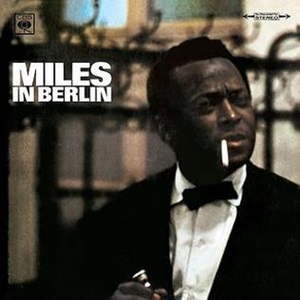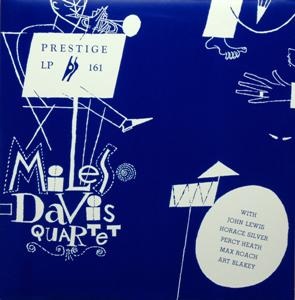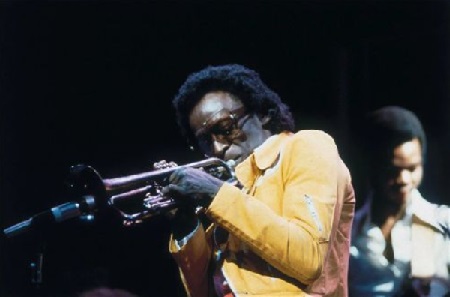We head back to May 22nd, 2007 for the release of the jazz album The Enchantment. Fusion, post-bop, avant-garde jazz, contemporary jazz, global jazz, jazz instrument and piano jazz sounds found expression through eleven songs performed by primary artists Chick Corea on piano and Béla Fleck on banjo.

Señorita opens The Enchantment album with a medium-tempo improvisation that opens with a distinct piano performance that brings in banjo play about 110-seconds in. The song offers a playful dance for five-and-one-third minutes of uplifting music.
A Spectacle of four-and-two-thirds minutes follows Señorita in a higher key and tempo. Corea and Fleck present a robust improvisation, one next to the other, living up to the song title.
Joban Dna Nopia offers an intriguing blend of complimentary for better than six-and-one-third minutes. A slower tempo bears the fruit of the banjo taking a more prominent lead with the piano play in support. The result of the pairing is magical.

Mountain opens with slightly better than 30-seconds of banjo play before the rolling introduction of piano accompaniment. I felt a sense of an instrumental dialogue as strongly with this song as with almost any other song on the album. The nearly four-minutes of this song truly sings.
The playful Children’s Song #6 elevates the piano to the opening and lead instrument, with the banjo speaking its presence beginning approximately 95-seconds into the 4-minute song. The strong statement of piano to close the song brings beauty in its understatement.
A Strange Romance gives Mountain a strong run a formidable competition on the instrumental dialogue front. The invocation of a lovers given and take, with the instruments presenting the give-and-take against one another masterfully, places this song atop the list of my favorites for the album.
Menagerie feels playful if a bit busy to me. The song extends to nearly six-minutes with both performers taking equally forceful leads for the three-and-a-half minutes that came to a close about 15-seconds before the song’s formal closing. While the performance was grand, this song did not land as strongly as I wished for it to land for me.
Following Menagerie with Waltse for Abby was a perfect follow-up in my mind, for Waltse for Abby offers precisely the song tempo and complimentary tone to A Strong Romance that I had wanted a song earlier. With Waltse for Abby coming in at slightly better than three-minutes, my biggest hope remains that this song had longer.

Brazil presents a middling tempo that gives complimentary instrumentation through the composition. That there is a feeling of movements through the nearly six-minutes of song warms my response to the song as well as the feelings I have while listening to it.
The Enchantment, as the title song for this album, sets itself apart from the other songs on the album. A slower tempo, first, and a superior dialogue within the interplay of the piano and the banjo, rises to best on album if not best in genre for the year of this album’s release.
Sunset Road almost reprises the song The Enchantment. Chick Corea and Béla Fleck understood the assignment in complimenting their performances in a meaningful exit to the album The Enchantment.
Matt – Wednesday, May 22, 2024























